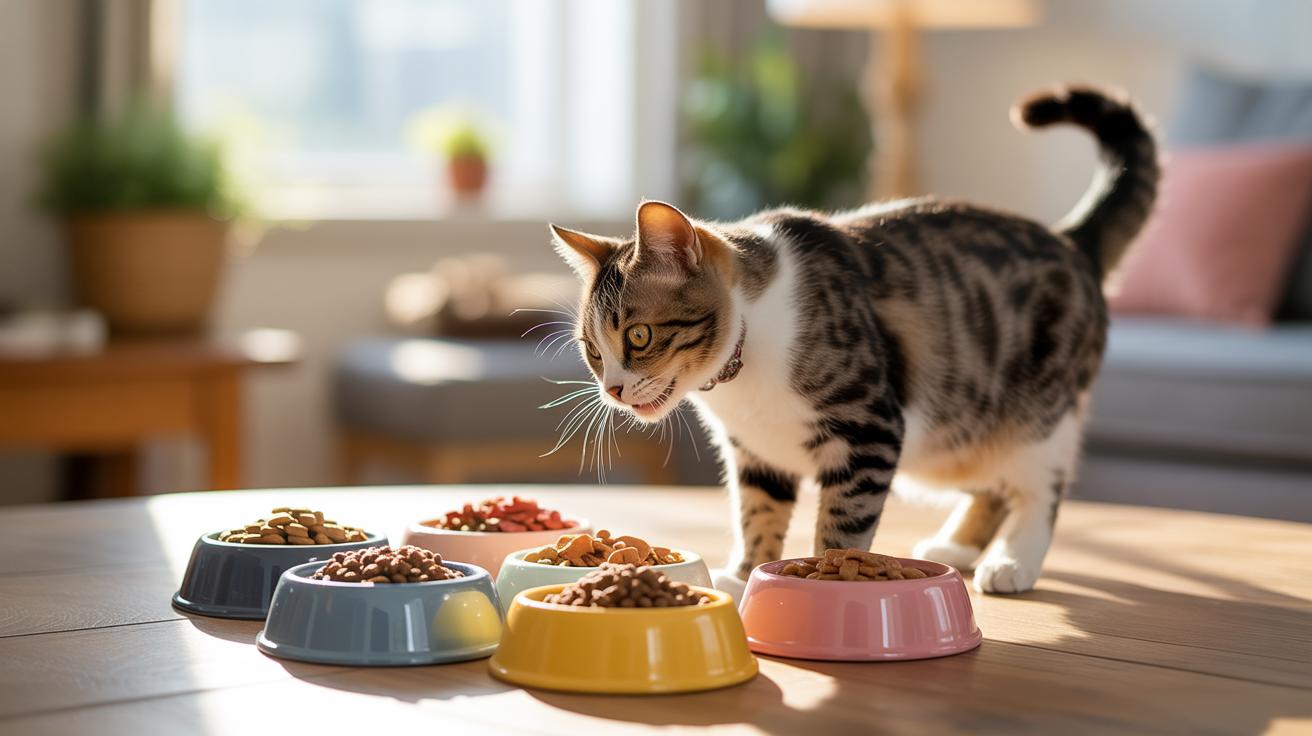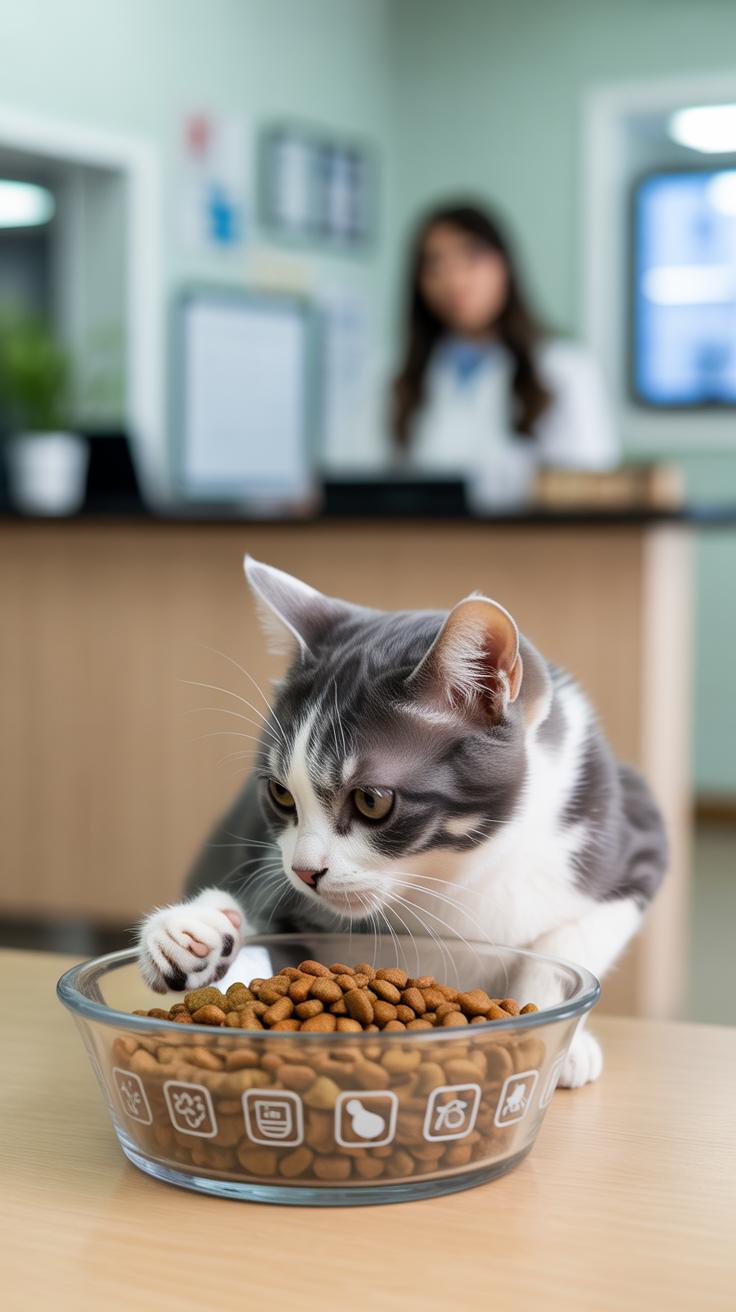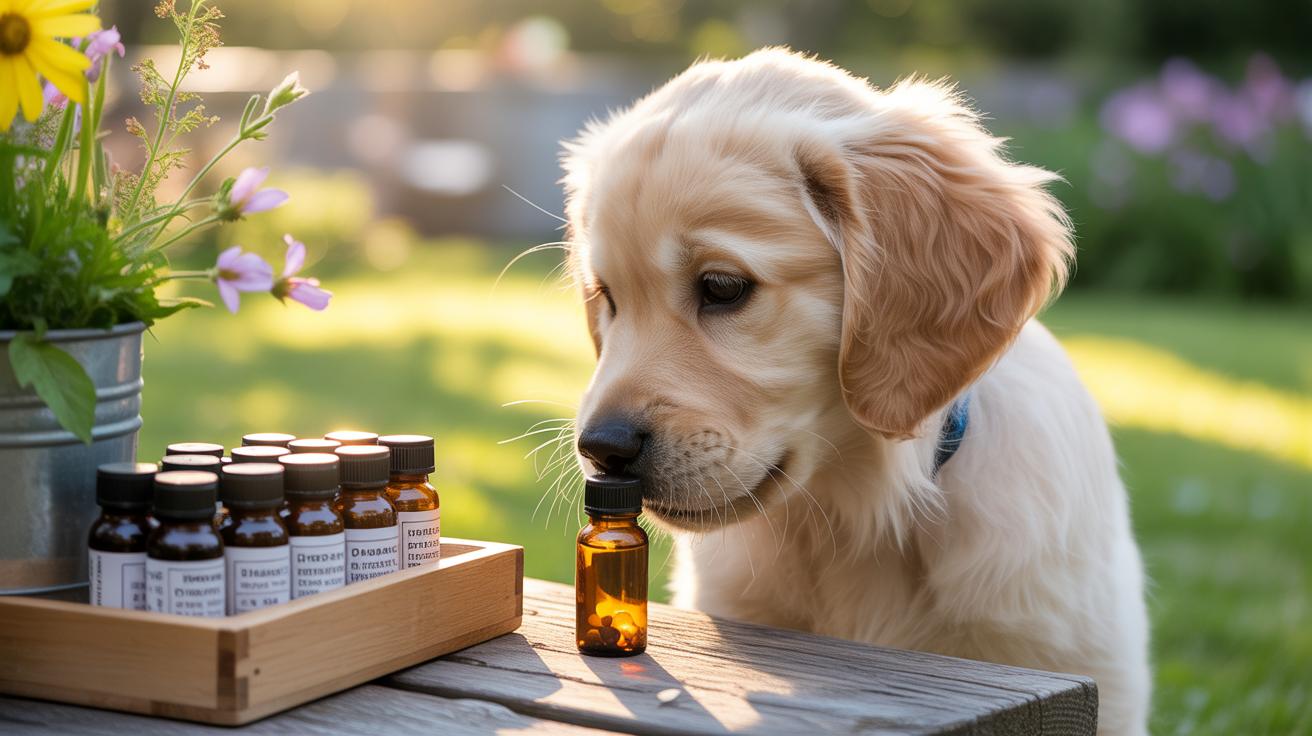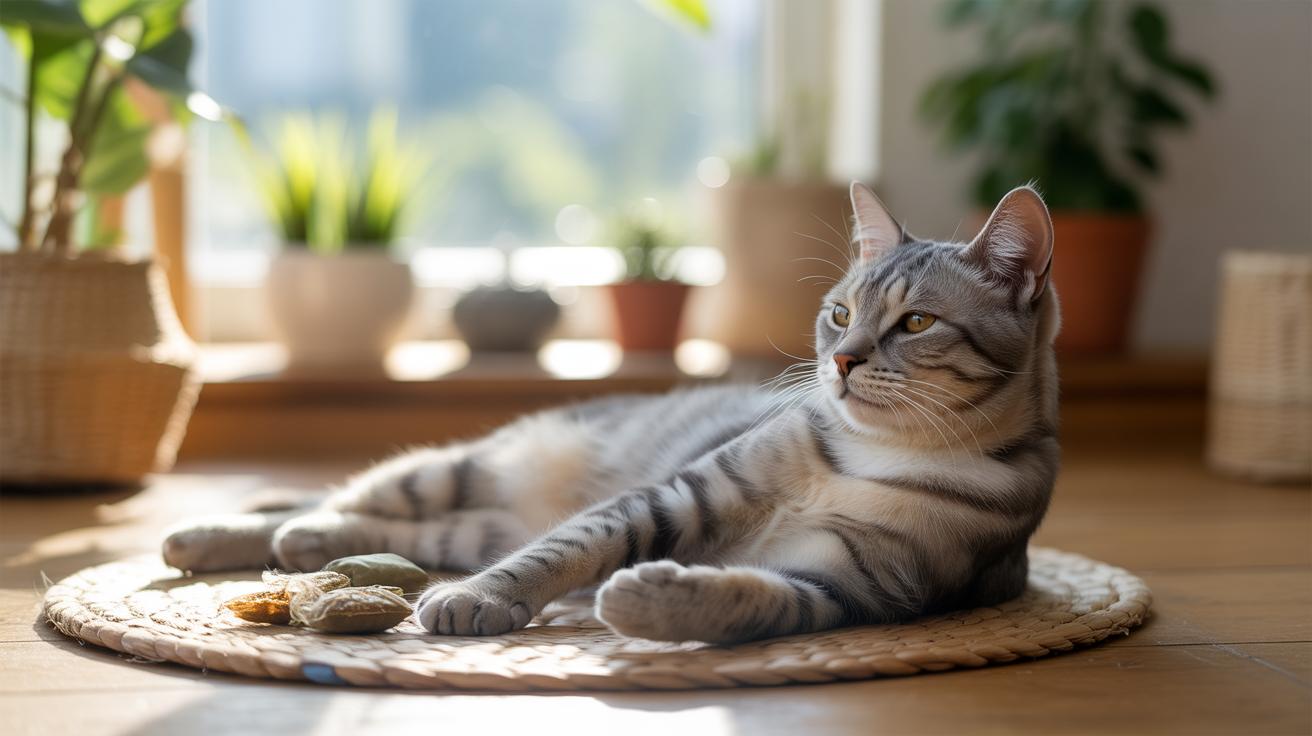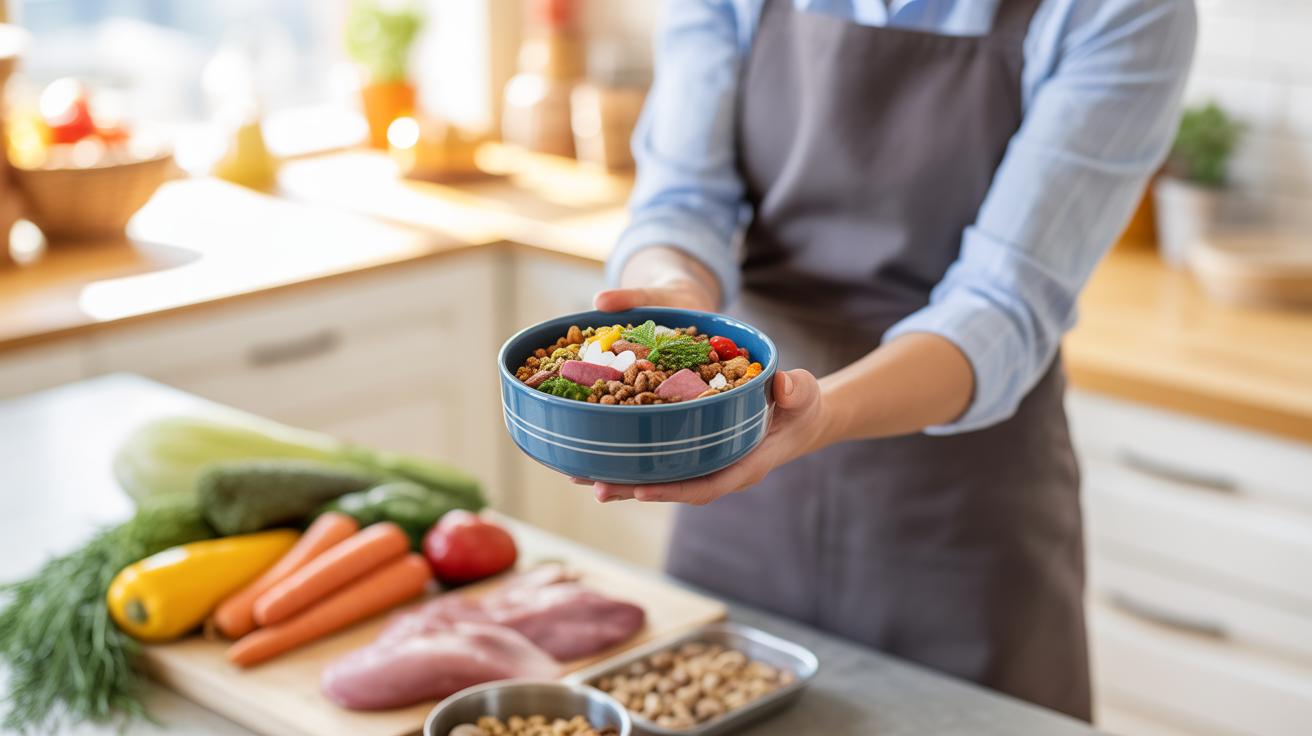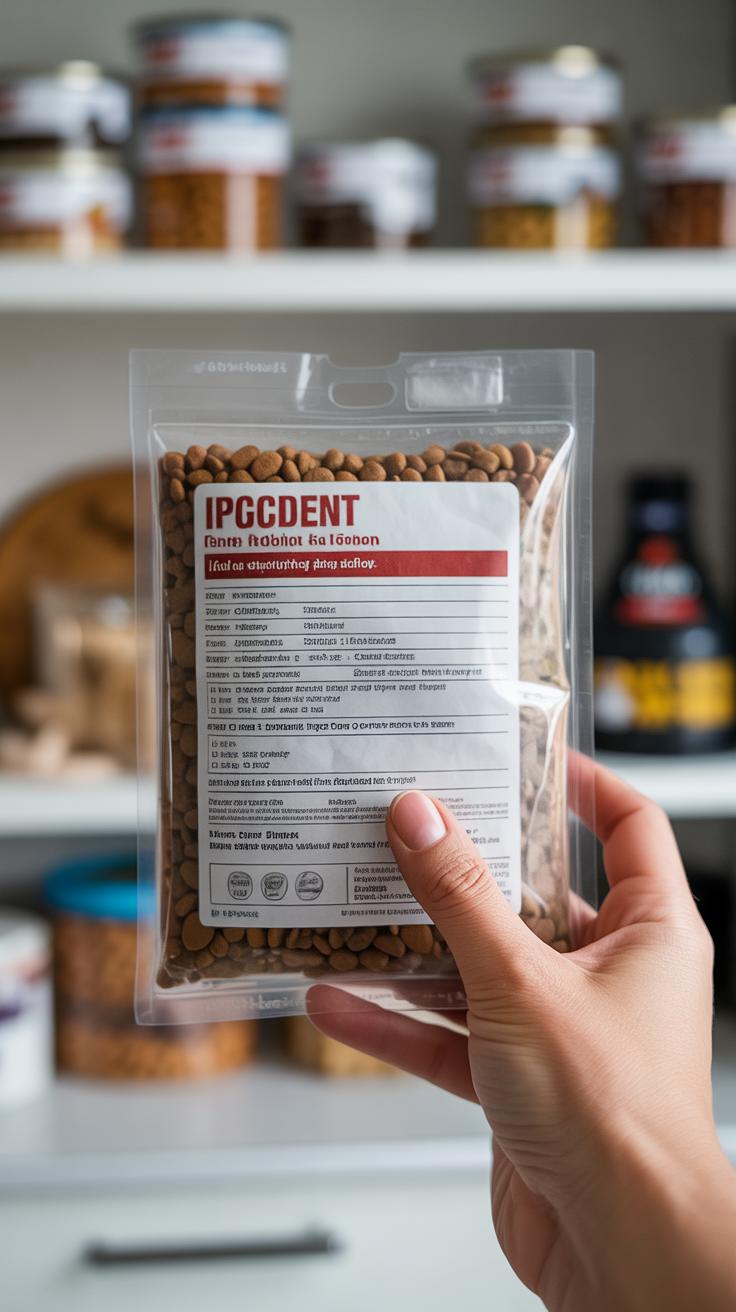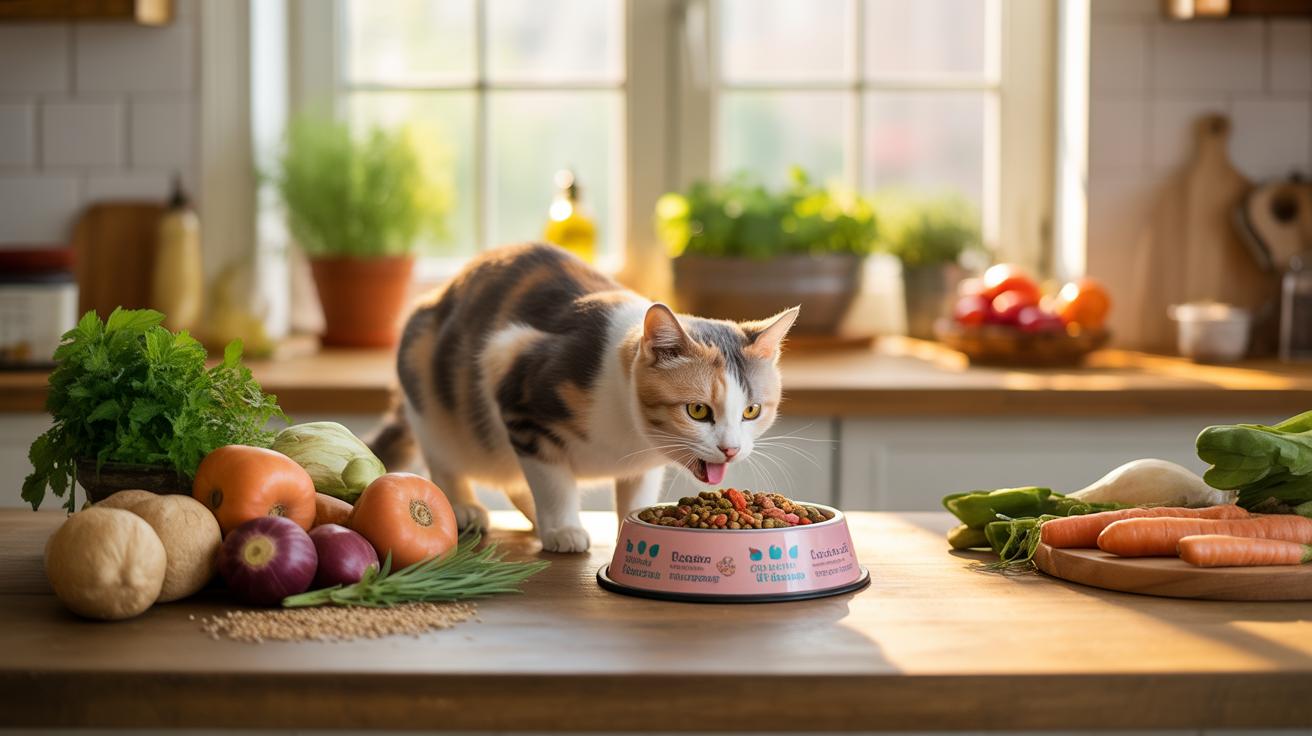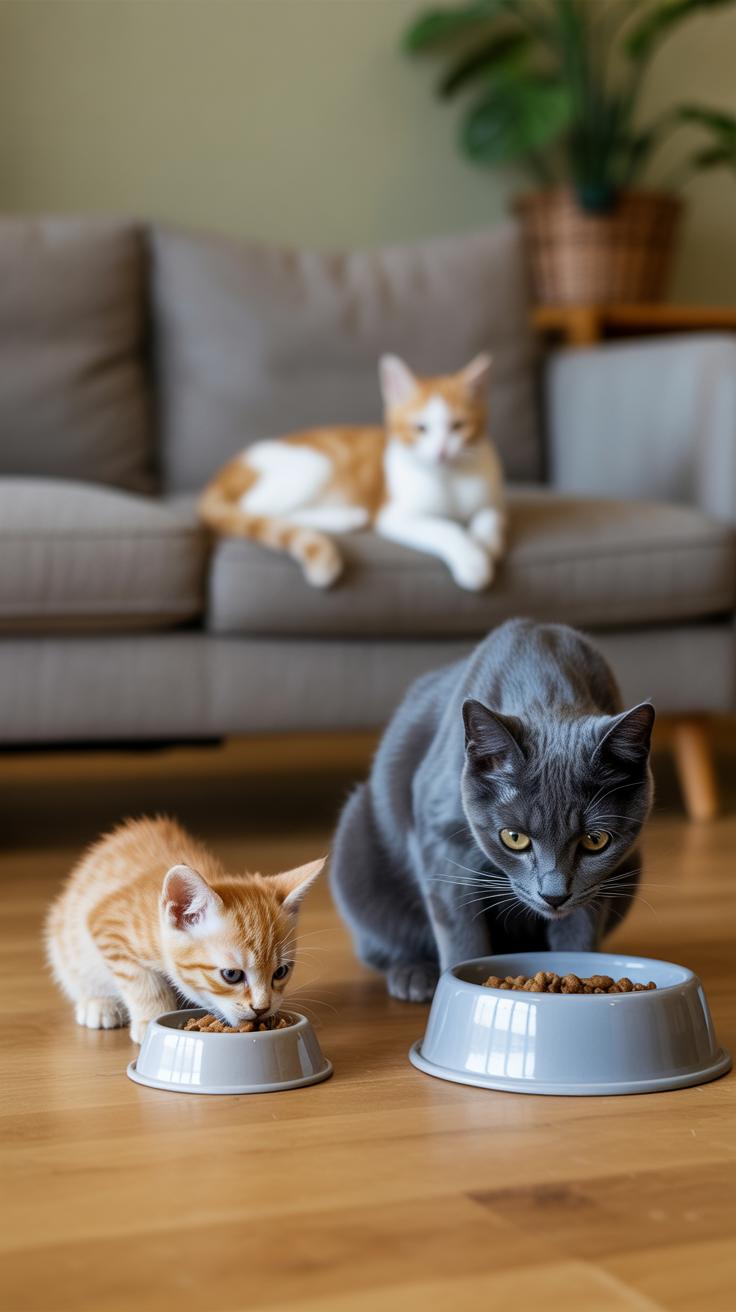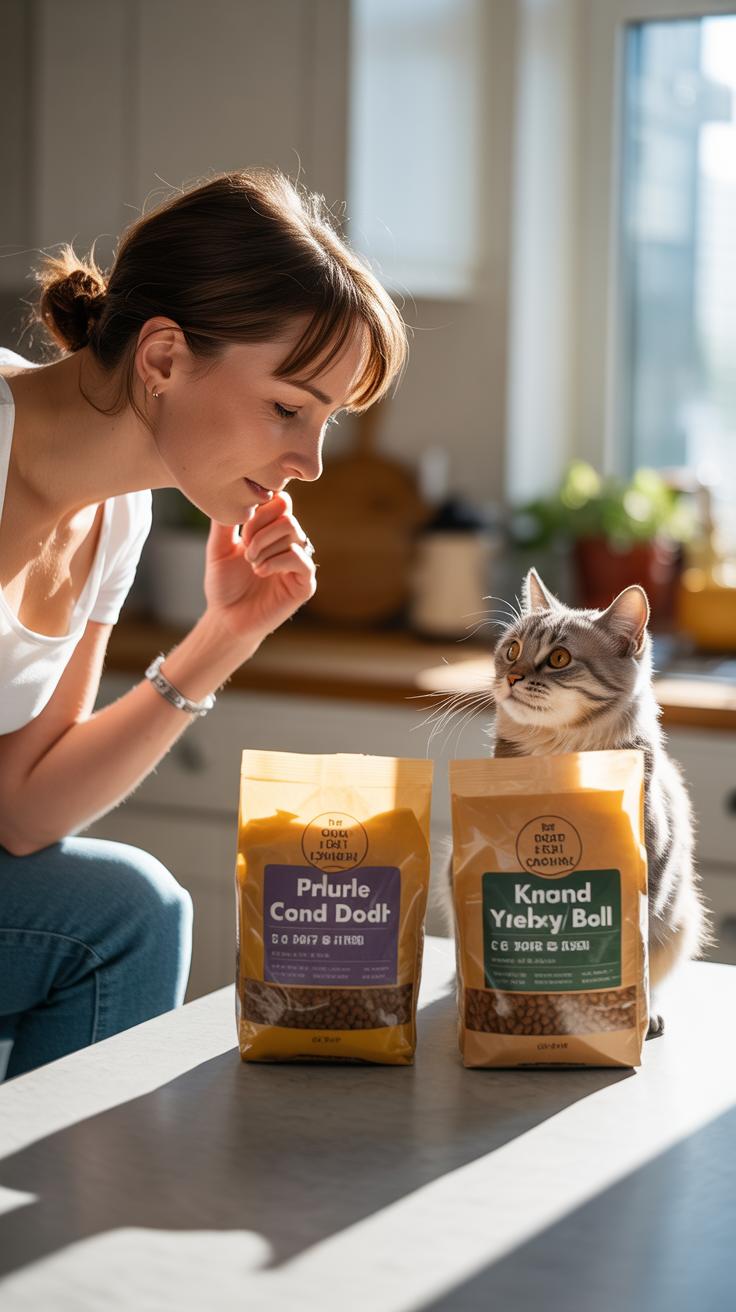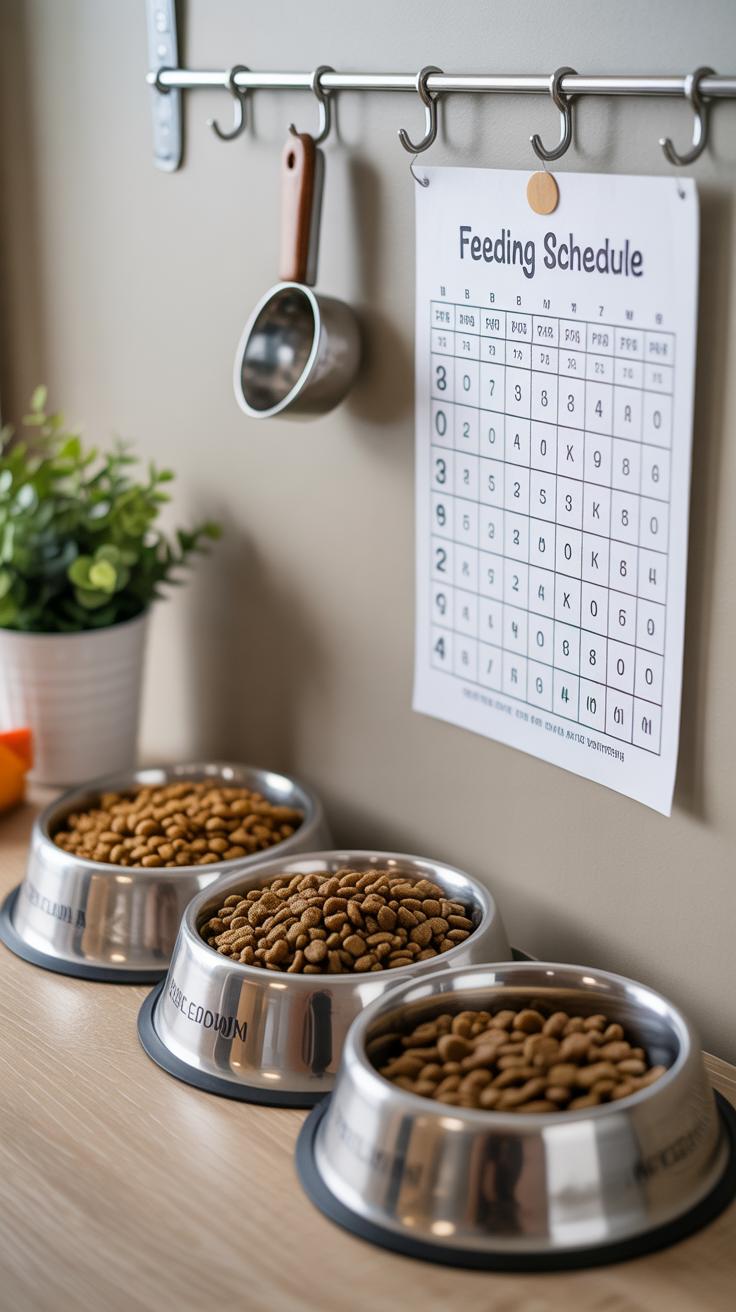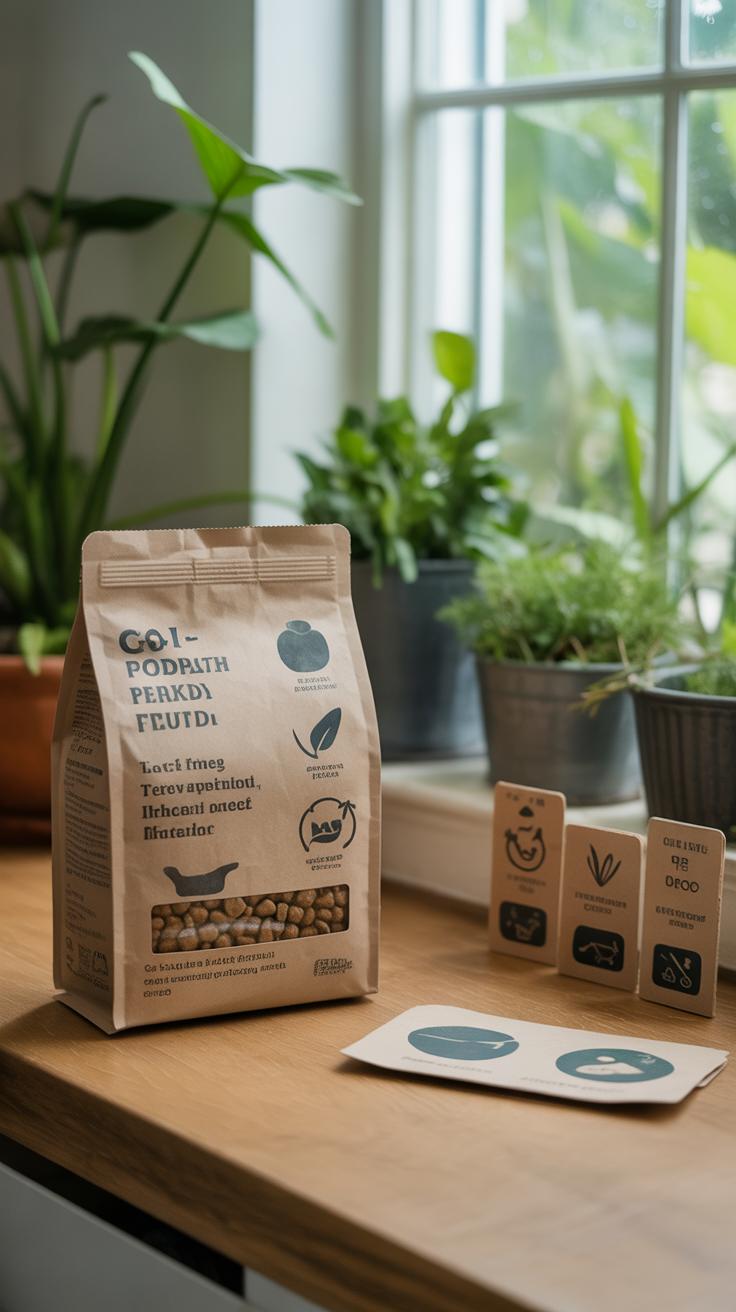Introduction
Feeding your cat the right food is crucial for its health and happiness. Cats have specific nutritional needs that differ from other pets. This article will explore the best cat food choices to help you make informed decisions for your furry friend’s well-being.
We will cover what nutrients cats require, the various types of cat food available, and how to select the right diet based on your cat’s age, health, and lifestyle. Understanding these factors will ensure your cat stays healthy and active.
Why Cats Need Special Food
Cats aren’t just small dogs when it comes to eating. Their bodies handle food very differently. They need diets tailored just for them because of how unique their nutritional needs are. You might think cats can thrive on a regular diet made for other pets, but that’s not quite true. Their metabolism and digestive systems demand specific ingredients that you won’t find in generic animal feed.
What makes their needs stand out is that cats rely heavily on certain nutrients they can’t make themselves. For example, unlike omnivores, cats can’t produce enough of the amino acid taurine. Without enough taurine, serious health issues crop up, especially affecting their hearts and eyes. Many pet owners don’t realize this until problems arise, which is why feeding them the right food matters so much.
Also, their protein requirements are higher than other animals. Cats depend on animal-based proteins as their primary energy source. Carbs don’t serve them well. So, their food should have a significant amount of meat or fish proteins to keep them fit and active. It’s a detail that might escape casual cat owners, but it’s what supports their overall wellbeing.
Cats as Obligate Carnivores
When we say “obligate carnivore,” we mean cats must eat meat to survive. They don’t have the flexibility to use plants or grains effectively like some other animals might. This status influences everything about their diet. Their bodies aren’t designed to digest or absorb nutrients from plants well, which explains their strong meat preference, if not just behaviorally but biologically as well.
For instance, taurine is a good example of a nutrient found almost exclusively in animal tissue. Cats need it to maintain normal vision and heart function. Without it, blindness and heart disease can develop. I remember a friend whose cat suffered serious heart issues because the food wasn’t rich enough in taurine. That experience really brought home why cats can’t muddle through on vegetarian diets or even some generic pet foods.
Plus, cats require other nutrients that come mainly from meat, such as arachidonic acid and vitamin A in a form they can use. Plants just don’t provide these in ways cats can absorb efficiently. So, feeding a cat without considering these facts risks deficiencies that don’t show up immediately but cause trouble later.
Essential Nutrients for Cats
There are a few key nutrients every cat must get from their food. Beyond proteins and taurine, arginine plays a critical role in their metabolism. Without enough arginine, cats can suffer from dangerous ammonia buildup in their blood, which can be life-threatening. It’s easy to overlook until you think about what’s really inside that bowl.
Vitamins also have their place. Cats need preformed vitamin A, meaning their food must contain vitamin A ready for absorption, usually from animal sources. Beta-carotene from plants won’t cut it because cats can’t convert it effectively. Then there are fatty acids, like omega-3s and omega-6s, important for skin, coat, and cell health. They get these mainly from fish oils or animal fats.
When you read labels, you’ll see these nutrients mentioned, but sometimes the quantities don’t meet a cat’s specific needs. That’s why homemade diets or generic treats can be risky unless carefully balanced. It’s not about perfection but making sure your cat’s main meals are designed to hit these nutritional marks. After all, these diets are about lifelong health, not just filling a stomach.
Types of Cat Food Available
When deciding the best food for your cat, you’ll find several types on the market, each with its own pros and cons. The most common options include dry kibble, wet canned food, raw diets, and specialized formulas tailored to specific health needs.
Dry kibble is popular because it’s easy to store and lasts longer once opened. Many owners like its convenience, especially for free-feeding situations. But some cats just aren’t that interested in dry food, or they may drink less water, which could cause urinary issues.
Wet canned food offers more moisture, which helps with hydration. Cats often find it more palatable. Yet, it can be messy and needs refrigeration after opening. Plus, it tends to be pricier than kibble, so budget might come into play.
Raw diets have gained attention recently. These mimic a cat’s more natural prey-based meals—fresh meat, organs, and bones. Supporters say it supports better digestion and shinier coats. But raw feeding isn’t without risks, like possible bacteria or unbalanced nutrients if not carefully prepared.
Finally, specialized formulas aim at cats with health challenges—like kidney disease, allergies, or weight issues. They often involve veterinary guidance, since misusing them might cause more harm than good.
Dry vs Wet Cat Food
Thinking about nutrition, convenience, and health impacts sharpens the dry vs wet food debate. Dry kibble generally has higher calorie density and can help keep teeth cleaner through mechanical action, although some studies question how much it actually prevents dental problems.
Wet food supplies extra moisture, which can benefit cats prone to urinary problems or those who don’t drink enough water otherwise. But, it spoils quickly once opened, demanding more attention from you to avoid waste or bacterial growth.
Dry kibble is obviously easier to store and feed on a schedule—perfect if you’re busy or away during the day. Wet food needs serving fresh and can get expensive fast. Some cats even need a mix of both to keep eating interesting, though that might be a hassle to manage.
Raw and Special Diets
Raw diets claim to provide a more natural nutritional profile for cats, emphasizing protein and fat over carbs. Some owners swear by it, noting improved digestion and energy in their pets. But balancing the right vitamins and minerals is tricky, and the risk of pathogens like salmonella is not negligible.
Special diets cover a range, from hypoallergenic foods to options for kidney or weight management. These often include altered protein sources or restricted minerals. You usually need vet recommendations here, because these foods aren’t for everyday feeding unless your cat really needs them.
Is trying a raw diet worth it? Or should you stick to conventional wet and dry foods? It’s a question many cat owners face, often revisiting it as their pet’s health changes. There’s no one-size-fits-all answer, and sometimes a bit of trial and error happens before hitting the right balance for your feline friend.
Reading Cat Food Labels
When you pick up a bag or can of cat food, the label is your first window into what you’re actually feeding your feline friend. But labels can be confusing, can’t they? Lots of numbers, terms, and a laundry list of ingredients that might as well be written in a foreign language. Let’s break it down.
Important Ingredients to Look For
Your cat is a carnivore, so protein should be near the top of the list. Look for named meat sources like chicken, turkey, or salmon—not vague terms like “meat by-products” or “animal digest.” Whole meat or fish is better. Taurine, an essential amino acid, should also be on the label—without it, cats can develop serious health problems.
Fat is another key ingredient. Cats need fat for energy and healthy skin, so check for sources like chicken fat or fish oil. Some fiber can be okay, from things like pumpkin or beet pulp, but too much isn’t great.
Avoid fillers such as corn, wheat, or soy as main ingredients. These don’t provide much nutrition and might lead to allergies or digestive troubles.
Understanding Nutritional Adequacy
You want to be sure the food meets the standards that guarantee it’s not just filler. Look for statements like “formulated to meet the nutritional levels established by the AAFCO Cat Food Nutrient Profiles.” This means it has the right balance of proteins, fats, vitamins, and minerals, at least on paper.
AAFCO certifications are the primary benchmark in the U.S., but don’t stop there. Some brands go further, using feeding trials to prove their claims, which is usually more reliable than just analysis of ingredients. But be aware, labels can be misleading—just because something says “complete and balanced” doesn’t mean it’s perfect for every cat.
Have you ever wondered why some ingredients are listed toward the bottom but still appear in large quantities? That’s because ingredients are listed by weight before cooking. It might make you think the food has more meat than it really does. So, connecting ingredient order with actual nutritional balance requires a bit of detective work—and yes, it can be frustrating.
Feeding Your Cat According to Life Stage
Nutrition for Growing Kittens
Kittens grow fast, and their diet needs to keep up with that rapid pace. They require more calories per pound of body weight than adult cats, mostly because they’re busy building bones, muscles, and all those tiny organs. Protein is crucial—it fuels growth and helps develop a strong immune system. Fat, too, provides energy and helps with brain development. You’ll notice kitten formulas often have richer nutrient profiles to meet these demands.
Besides protein and fat, kittens need higher levels of certain vitamins and minerals, like calcium and phosphorus, to support their developing skeleton. Feeding kitten-specific food until they reach about a year old usually covers these bases without much fuss. I once tried mixing adult food during kittenhood—didn’t seem like a great idea, and the vet agreed. The takeaway? Stick with kitten formulas to avoid nutritional gaps that could slow growth or cause problems down the line.
Adjusting Diet for Older Cats
Older cats aren’t just smaller versions of adults; their metabolism often slows, and their nutritional needs shift. They might not burn as many calories, so feeding an adult or kitten formula could mean unwanted weight gain. Senior cat foods tend to be lower in calories but still rich enough in high-quality protein to help maintain muscle mass, which starts to decline with age.
There’s also more attention to digestive health in these formulas, with ingredients that support easier absorption. You might notice added fiber or prebiotics, which can help with common issues like constipation. Some senior cats develop kidney problems, so diets often have adjusted phosphorus and protein levels to ease that strain—but that’s probably a topic for another time.
Feeding older cats can feel like a balancing act. They need enough nutrients to stay active and strong but not so much that they gain unhealthy weight or tax their organs. You might wonder if switching to senior food at the first sign of graying whiskers is necessary—sometimes yes, sometimes no. Every cat ages differently, so watching their health and energy helps guide the choice.
Addressing Special Health Needs
When your cat faces health challenges like obesity, kidney issues, or allergies, regular cat food won’t always cut it. Specially formulated diets target these problems, often by adjusting nutrient levels or including ingredients that support healing or symptom relief. For example, for overweight cats, diets usually lower calorie content but increase fiber to help them feel full without overeating. I remember trying a weight control diet with my own cat; it wasn’t easy at first, but that extra fiber seemed to keep her satisfied during meal times.
Kidney disease demands a different approach. Foods designed for this condition tend to reduce protein and phosphorus but keep nutrition balanced so your cat gets essential nutrients without added strain on the kidneys. It’s tricky because cats naturally crave high-protein foods—so convincing them to eat less protein food can be a challenge. Some kidney diets even add omega-3 fatty acids for inflammation support, which might help slow disease progression.
Allergies can be frustrating. Novel protein diets or limited ingredient foods often come into play here, removing common allergens like chicken or beef. Switching to these might be a slow process, as cats can be picky or sensitive to change. Though it feels like a gamble at times, the improvement in scratching or skin irritation is usually worth it.
To sum up, choosing the right specialized food means balancing your cat’s health needs with their preferences. It’s an ongoing process that might involve experimentation, but finding a diet that helps manage their condition—and that they’ll actually eat—makes a real difference in their well-being.
Choosing the Right Cat Food for Your Cat
Picking the right cat food isn’t just about grabbing the most popular brand or the fanciest label. It’s a bit more personal than that. Your cat’s tastes can be surprisingly specific, and sometimes they shift over time. You might find your cat suddenly refusing their usual kibble after years of happily munching it. That’s why paying attention to what your cat actually likes matters.
Try different flavors and textures—wet food, dry food, chunks or pate—to see what gets a tail twitch or an eager meow. But at the same time, keep an eye out for any signs of food allergies or sensitivities. If your cat suddenly develops itchy skin, vomiting, or digestive upset, it might be linked to something in their diet.
Finding out about allergies can take some trial and error, but tracking their reactions closely helps. You might even need to remove certain ingredients temporarily to confirm what’s causing discomfort.
And speaking of uncertainties, consulting your veterinarian is really helpful when making major changes in your cat’s diet. They can guide you through what’s safe, suggest specific formulas if your cat has health conditions, and help monitor the transition. I remember once switching my cat’s food too abruptly—she wasn’t happy at all and had some tummy trouble. A quick chat with the vet helped me avoid repeating that mistake.
So, keep your cat’s likes, dislikes, health, and lifestyle in mind when choosing food. It’s not a one-size-fits-all deal, and a little patience goes a long way.
Feeding Tips and Best Practices
Feeding Schedules and Portion Control
Keeping a regular feeding schedule helps your cat feel secure and prevents random begging. Try feeding at consistent times each day—morning and evening often work well. Cats tend to like routine, though sometimes they might beg right before the next meal; it’s tempting to give in, but sticking to set times keeps their hunger cues clear.
About portions—measuring is key. It’s easy to overfeed if you just guess. Use a measuring cup or a kitchen scale to portion out food according to your cat’s size and activity level. You might find that your cat gets full on less than you think. Adjust portions slowly if you notice weight gain or loss. Watching your cat’s body condition can tell you if the amount feels right.
Transitioning to New Foods
Switching cat food needs patience. Abrupt changes can upset your cat’s stomach, causing vomiting or diarrhea. Instead, mix a small amount of the new food with the old one, gradually increasing the new over a week or so. Some cats adapt faster, while others take their time—if your cat seems unsettled, slow down the transition.
I remember once trying a new wet food for my cat and underestimated how sensitive she was. Over a couple of days, mixing even 10% new food caused some tummy troubles. Stretching it closer to two weeks helped her adjust calmly. It might seem tedious, but making the switch gentle really helps maintain appetite and keeps your cat happy during the change.
Sustainability and Environmental Considerations
When choosing cat food, thinking about its environmental impact might feel a bit distant, but it actually matters more than you might guess. The way meat is sourced for cat food can have a surprisingly large footprint. Large-scale meat production is one of the biggest contributors to greenhouse gas emissions, deforestation, and water usage. So, when the meat in your cat’s food comes from industrial farms, it’s not just about the animal’s welfare — it’s also about the planet.
That said, it’s tricky to find the perfect balance. You want to feed your feline friend well, but at the same time, you might wonder if certain choices contribute less to environmental harm. Exploring alternatives can feel overwhelming, but there are some options worth considering:
- Look for brands that source meat locally or from farms that use regenerative or sustainable practices—these often focus on reducing emissions and preserving soil health.
- Some cat foods include insect protein or plant-based ingredients, aiming to reduce reliance on traditional meat sources. Insect protein, for instance, uses less water, land, and creates fewer emissions.
- There are companies now specializing in upcycled ingredients, using parts of animals or plants that would otherwise go to waste, which can lower the environmental burden.
It’s not always clear if these alternatives deliver the exact nutrition cats need, so you might find yourself juggling concerns about sustainability and your pet’s health. Still, paying attention to how meat is sourced or considering alternative ingredients can be a small but meaningful step. And if enough pet owners care—maybe the industry as a whole will start shifting to more responsible practices.
Conclusions
Choosing the best cat food involves considering your cat’s unique nutritional needs and preferences. Providing balanced meals with essential proteins and nutrients supports your cat’s health and longevity.
Remember to consult your veterinarian when changing your cat’s diet, and observe how your cat responds to its food. Proper nutrition is a key part of a happy, healthy life for your feline companion.

